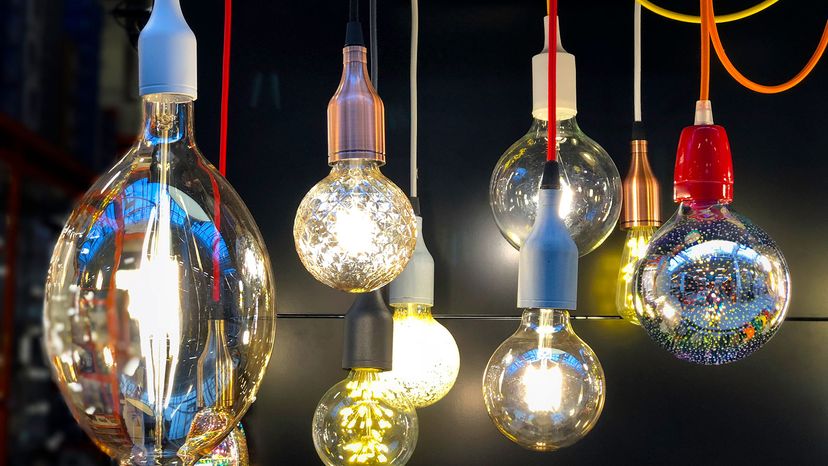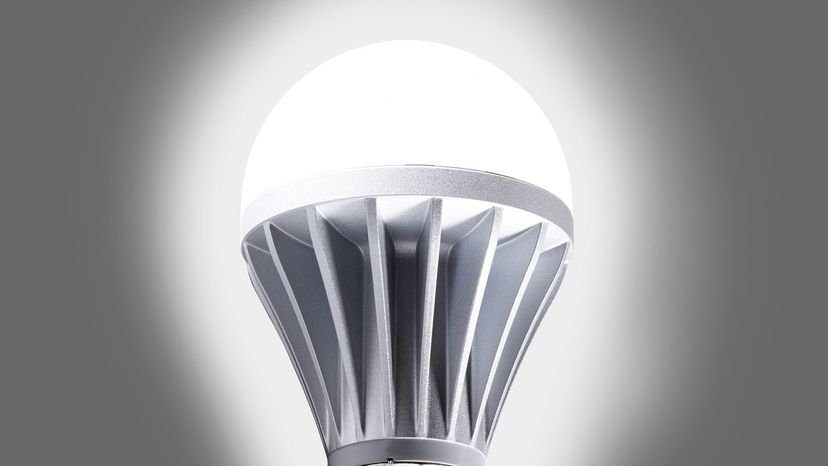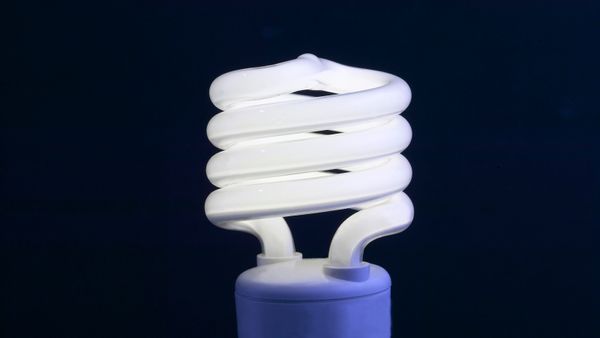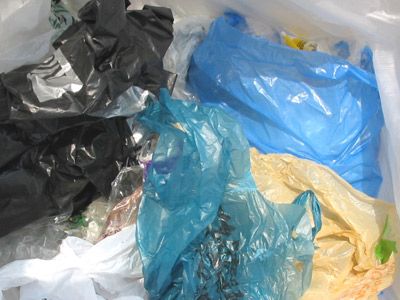
The light bulb that has lit up our homes since the 1800s was officially on its way out after former President George W. Bush signed the Energy Independence and Security Act of 2007. Although the act didn't ban the use, purchase, sale or manufacture of incandescent bulbs, it did require household light bulbs to have 25 percent greater efficiency (which means 25 percent less energy use) than the traditional bulbs that used between 40 and 100 watts of electricity. The inefficient incandescent, where 90 percent of its energy is given off as heat, had fallen out of favor with the financially and ecologically concerned.
When the new lighting standards began in 2012, prime replacements for the incandescent light bulb were the higher-efficiency compact fluorescent lamps (CFL) and the light emitting diodes (LEDs). The CFL, though, has its own problems, primarily the inclusion of toxic mercury in the design and a strange, sometimes unpleasant color that even gives some people headaches.
Advertisement
Enter the LED lights. LEDs have been around for many years — they light up digital clocks, Christmas lights, flashlights, traffic signals, etc. But as far as household lighting goes, LEDs weren't taking off. Certain drawbacks had kept companies from manufacturing them in standard, replacement-size light bulb form. But in the last decade or so, these LED replacement bulbs, the kind you just screw into a lamp like you do an incandescent bulb, have become much more common — which is to say a large number of businesses and households are using them.
A 2017 survey showed that 70 percent of Americans had bought at least one LED light bulb and 38 percent had switched over from incandescent bulbs to LEDs. This percentage has likely increased since 2017.
In this article, we'll look into how LED light bulbs work, why they're a desirable lighting choice, and some of the pros and cons surrounding them. Let's begin with the basics: How does an LED produce light?
Advertisement


